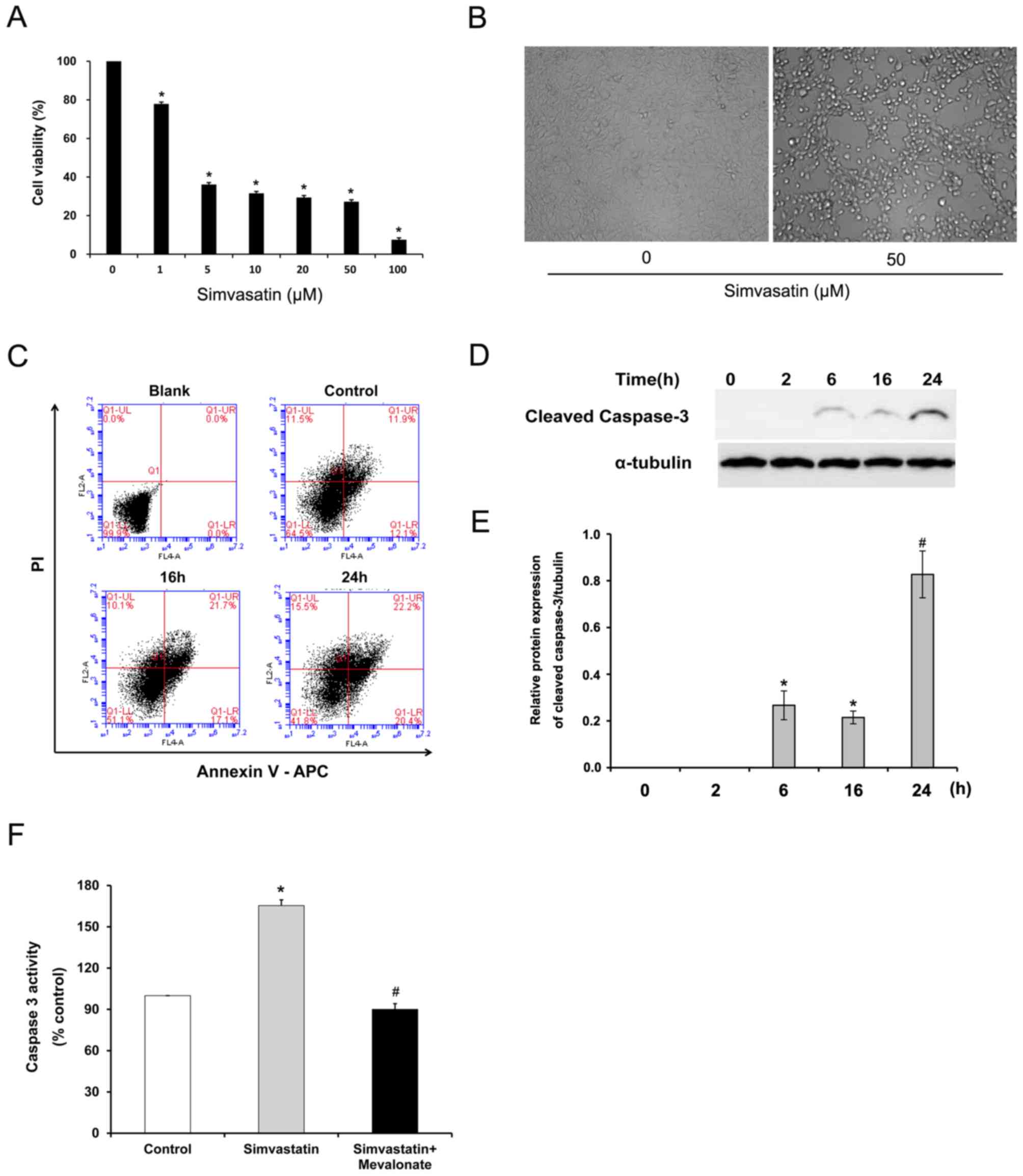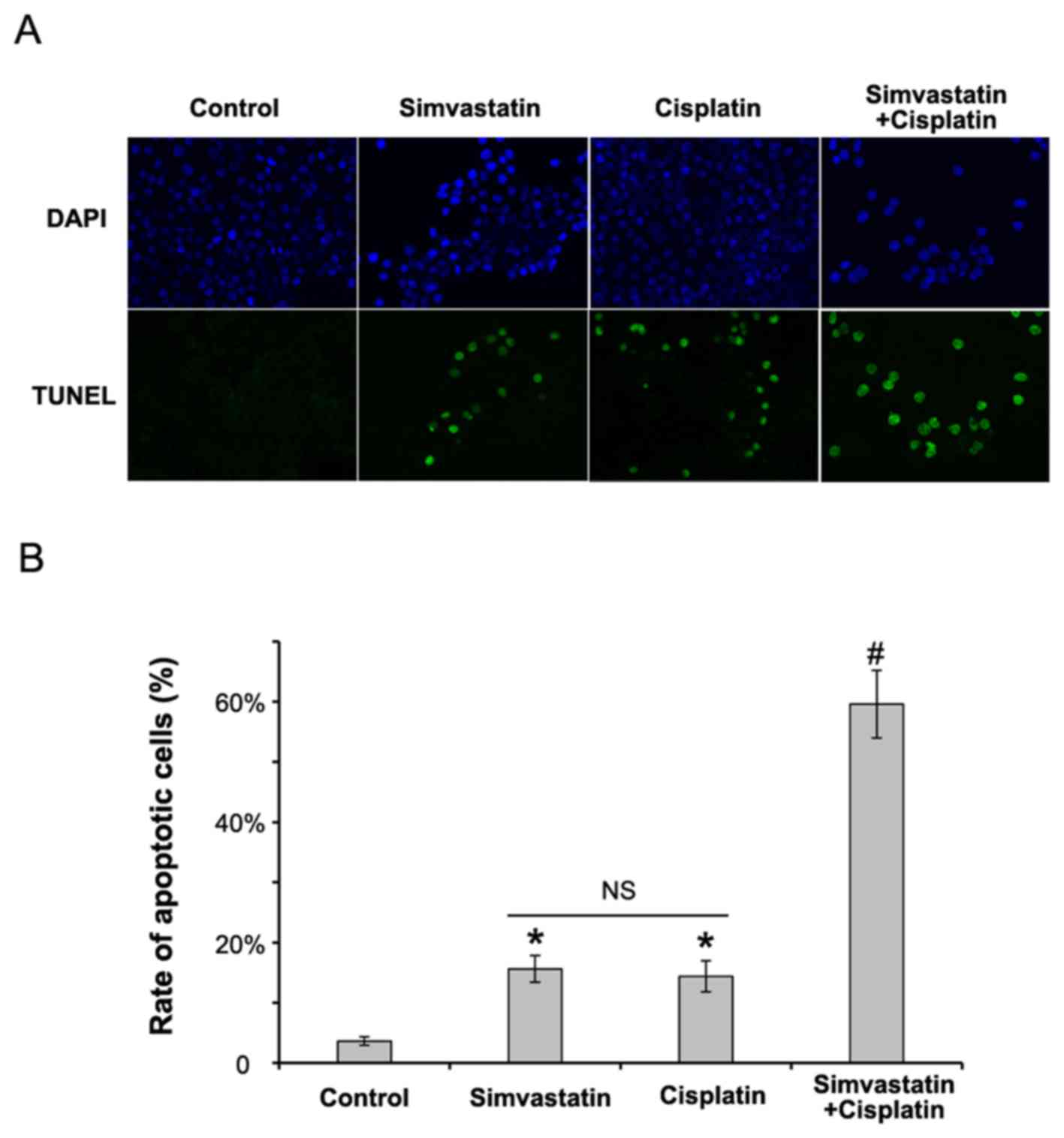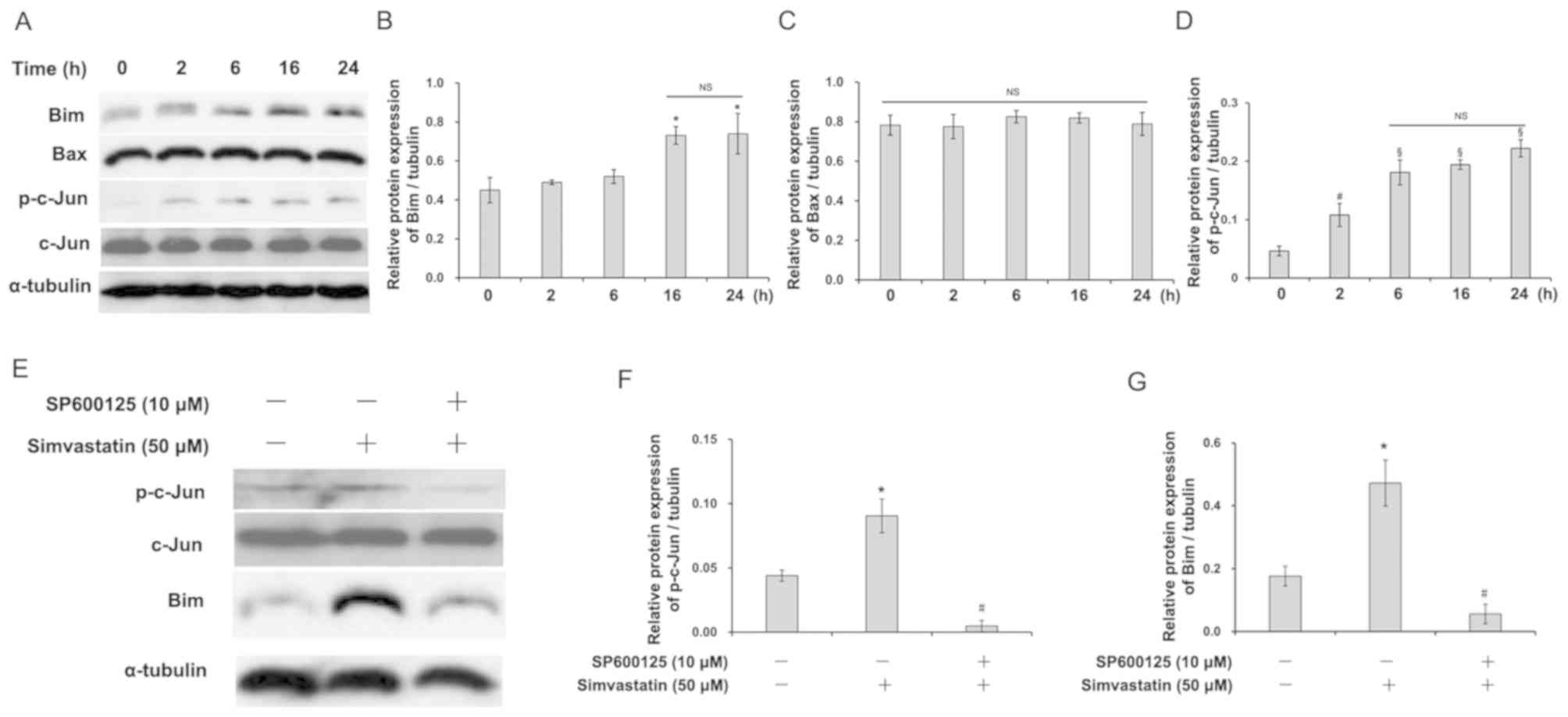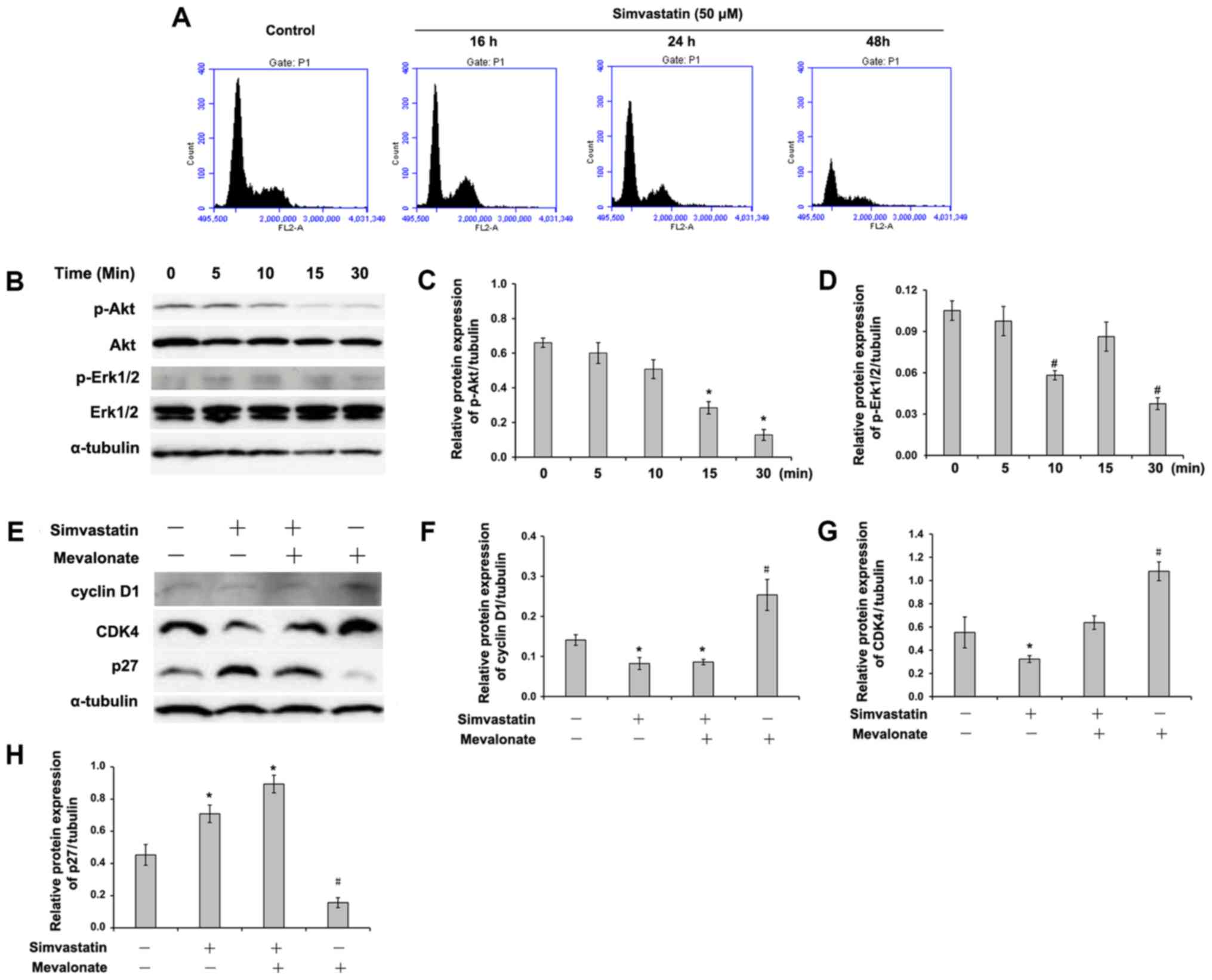|
1
|
Jemal A, Bray F, Center MM, Ferlay J, Ward
E and Forman D: Global cancer statistics. CA Cancer J Clin.
61:69–90. 2011. View Article : Google Scholar : PubMed/NCBI
|
|
2
|
Wei KR, Zheng RS, Zhang SW, Liang ZH, Li
ZM and Chen WQ: Nasopharyngeal carcinoma incidence and mortality in
China, 2013. Chin J Cancer. 36:902017. View Article : Google Scholar : PubMed/NCBI
|
|
3
|
Nor Hashim NA, Ramzi NH, Velapasamy S,
Alex L, Chahil JK, Lye SH, Munretnam K, Haron MR and Ler LW:
Identification of genetic and non-genetic risk factors for
nasopharyngeal carcinoma in a Southeast Asian population. Asian Pac
J Cancer Prev. 13:6005–6010. 2012. View Article : Google Scholar : PubMed/NCBI
|
|
4
|
Chua DT, Sham JS, Kwong DL and Au GK:
Treatment outcome after radiotherapy alone for patients with Stage
I–II nasopharyngeal carcinoma. Cancer. 98:74–80. 2003. View Article : Google Scholar : PubMed/NCBI
|
|
5
|
Yau TK, Lee AW, Wong DH, Pang ES, Ng WT,
Yeung RM and Soong IS: Treatment of Stage IV(A-B) nasopharyngeal
carcinoma by induction-concurrent chemoradiotherapy and accelerated
fractionation: Impact of chemotherapy schemes. Int J Radiat Oncol
Biol Phys. 66:1004–1010. 2006. View Article : Google Scholar : PubMed/NCBI
|
|
6
|
Qiu S, Lin S, Tham IW, Pan J, Lu J and Lu
JJ: Intensity-modulated radiation therapy in the salvage of locally
recurrent nasopharyngeal carcinoma. Int J Radiat Oncol Biol Phys.
83:676–683. 2012. View Article : Google Scholar : PubMed/NCBI
|
|
7
|
Chua MLK, Wee JTS, Hui EP and Chan ATC:
Nasopharyngeal carcinoma. Lancet. 387:1012–1024. 2016. View Article : Google Scholar : PubMed/NCBI
|
|
8
|
Ng WT, Lee MC, Hung WM, Choi CW, Lee KC,
Chan OS and Lee AW: Clinical outcomes and patterns of failure after
intensity-modulated radiotherapy for nasopharyngeal carcinoma. Int
J Radiat Oncol Biol Phys. 79:420–428. 2011. View Article : Google Scholar : PubMed/NCBI
|
|
9
|
Ou X, Zhou X, Shi Q, Xing X, Yang Y, Xu T,
Shen C, Wang X, He X, Kong L, et al: Treatment outcomes and late
toxicities of 869 patients with nasopharyngeal carcinoma treated
with definitive intensity modulated radiation therapy: New insight
into the value of total dose of cisplatin and radiation boost.
Oncotarget. 6:38381–38397. 2015. View Article : Google Scholar : PubMed/NCBI
|
|
10
|
Sun X, Su S, Chen C, Han F, Zhao C, Xiao
W, Deng X, Huang S, Lin C and Lu T: Long-term outcomes of
intensity-modulated radiotherapy for 868 patients with
nasopharyngeal carcinoma: An analysis of survival and treatment
toxicities. Radiother Oncol. 110:398–403. 2014. View Article : Google Scholar : PubMed/NCBI
|
|
11
|
Causevic-Ramosevac A and Semiz S: Drug
interactions with statins. Acta Pharm. 63:277–293. 2013. View Article : Google Scholar : PubMed/NCBI
|
|
12
|
Reiner Z: Resistance and intolerance to
statins. Nutr Metab Cardiovasc Dis. 24:1057–1066. 2014. View Article : Google Scholar : PubMed/NCBI
|
|
13
|
Duncan RE, El-Sohemy A and Archer MC:
Mevalonate promotes the growth of tumors derived from human cancer
cells in vivo and stimulates proliferation in vitro with enhanced
cyclin-dependent kinase-2 activity. J Biol Chem. 279:33079–33084.
2004. View Article : Google Scholar : PubMed/NCBI
|
|
14
|
Bockorny B and Dasanu CA: HMG-CoA
reductase inhibitors as adjuvant treatment for hematologic
malignancies: What is the current evidence? Ann Hematol. 94:1–12.
2015. View Article : Google Scholar : PubMed/NCBI
|
|
15
|
Feldt M, Bjarnadottir O, Kimbung S,
Jirström K, Bendahl PO, Veerla S, Grabau D, Hedenfalk I and
Borgquist S: Statin-induced anti-proliferative effects via cyclin
D1 and p27 in a window-of-opportunity breast cancer trial. J Transl
Med. 13:1332015. View Article : Google Scholar : PubMed/NCBI
|
|
16
|
Takeda I, Maruya S, Shirasaki T, Mizukami
H, Takahata T, Myers JN, Kakehata S, Yagihashi S and Shinkawa H:
Simvastatin inactivates beta1-integrin and extracellular
signal-related kinase signaling and inhibits cell proliferation in
head and neck squamous cell carcinoma cells. Cancer Sci.
98:890–899. 2007. View Article : Google Scholar : PubMed/NCBI
|
|
17
|
Koul HK, Koul S and Meacham RB: New role
for an established drug? Bisphosphonates as potential anticancer
agents. Prostate Cancer Prostatic Dis. 15:111–119. 2012. View Article : Google Scholar : PubMed/NCBI
|
|
18
|
Warita K, Warita T, Beckwitt CH, Schurdak
ME, Vazquez A, Wells A and Oltvai ZN: Statin-induced mevalonate
pathway inhibition attenuates the growth of mesenchymal-like cancer
cells that lack functional E-cadherin mediated cell cohesion. Sci
Rep. 4:75932014. View Article : Google Scholar : PubMed/NCBI
|
|
19
|
Liu H, Liang SL, Kumar S, Weyman CM, Liu W
and Zhou A: Statins induce apoptosis in ovarian cancer cells
through activation of JNK and enhancement of Bim expression. Cancer
Chemother Pharmacol. 63:997–1005. 2009. View Article : Google Scholar : PubMed/NCBI
|
|
20
|
Parikh A, Childress C, Deitrick K, Lin Q,
Rukstalis D and Yang W: Statin-induced autophagy by inhibition of
geranylgeranyl biosynthesis in prostate cancer PC3 cells. Prostate.
70:971–981. 2010. View Article : Google Scholar : PubMed/NCBI
|
|
21
|
Ogunwobi OO and Beales IL: Statins inhibit
proliferation and induce apoptosis in Barrett's esophageal
adenocarcinoma cells. Am J Gastroenterol. 103:825–837. 2008.
View Article : Google Scholar : PubMed/NCBI
|
|
22
|
Wang W, Le W, Cho DY, Hwang PH and
Upadhyay D: Novel effects of statins in enhancing efficacy of
chemotherapy in vitro in nasopharyngeal carcinoma. Int Forum
Allergy Rhinol. 1:284–289. 2011. View Article : Google Scholar : PubMed/NCBI
|
|
23
|
Hiura TS, Li N, Kaplan R, Horwitz M,
Seagrave JC and Nel AE: The role of a mitochondrial pathway in the
induction of apoptosis by chemicals extracted from diesel exhaust
particles. J Immunol. 165:2703–2711. 2000. View Article : Google Scholar : PubMed/NCBI
|
|
24
|
Zhu BK, Wang P, Zhang XD, Jiang CC, Chen
LH, Avery-Kiejda KA, Watts R and Hersey P: Activation of Jun
N-terminal kinase is a mediator of vincristine-induced apoptosis of
melanoma cells. Anticancer Drugs. 19:189–200. 2008. View Article : Google Scholar : PubMed/NCBI
|
|
25
|
Biswas SC, Shi Y, Sproul A and Greene LA:
Pro-apoptotic Bim induction in response to nerve growth factor
deprivation requires simultaneous activation of three different
death signaling pathways. J Biol Chem. 282:29368–29374. 2007.
View Article : Google Scholar : PubMed/NCBI
|
|
26
|
Massague J: G1 cell-cycle control and
cancer. Nature. 432:298–306. 2004. View Article : Google Scholar : PubMed/NCBI
|
|
27
|
Musgrove EA, Lee CS, Buckley MF and
Sutherland RL: Cyclin D1 induction in breast cancer cells shortens
G1 and is sufficient for cells arrested in G1 to complete the cell
cycle. Proc Natl Acad Sci USA. 91:8022–8026. 1994. View Article : Google Scholar : PubMed/NCBI
|
|
28
|
Grillo M, Bott MJ, Khandke N, McGinnis JP,
Miranda M, Meyyappan M, Rosfjord EC and Rabindran SK: Validation of
cyclin D1/CDK4 as an anticancer drug target in MCF-7 breast cancer
cells: Effect of regulated overexpression of cyclin D1 and
siRNA-mediated inhibition of endogenous cyclin D1 and CDK4
expression. Breast Cancer Res Treat. 95:185–194. 2006. View Article : Google Scholar : PubMed/NCBI
|
|
29
|
Arber N, Doki Y, Han EK, Sgambato A, Zhou
P, Kim NH, Delohery T, Klein MG, Holt PR and Weinstein IB:
Antisense to cyclin D1 inhibits the growth and tumorigenicity of
human colon cancer cells. Cancer Res. 57:1569–1574. 1997.PubMed/NCBI
|
|
30
|
Wali VB, Bachawal SV and Sylvester PW:
Combined treatment of gamma-tocotrienol with statins induce mammary
tumor cell cycle arrest in G1. Exp Biol Med (Maywood). 234:639–650.
2009. View Article : Google Scholar : PubMed/NCBI
|
|
31
|
Wali VB and Sylvester PW: Synergistic
antiproliferative effects of gamma-tocotrienol and statin treatment
on mammary tumor cells. Lipids. 42:1113–1123. 2007. View Article : Google Scholar : PubMed/NCBI
|
|
32
|
Torii S, Yamamoto T, Tsuchiya Y and
Nishida E: ERK MAP kinase in G cell cycle progression and cancer.
Cancer Sci. 97:697–702. 2006. View Article : Google Scholar : PubMed/NCBI
|
|
33
|
Liang J and Slingerland JM: Multiple roles
of the PI3K/PKB (Akt) pathway in cell cycle progression. Cell
Cycle. 2:339–345. 2003. View Article : Google Scholar : PubMed/NCBI
|
|
34
|
Tran H, Brunet A, Griffith EC and
Greenberg ME: The many forks in FOXO's road. Sci STKE.
2003:RE52003.PubMed/NCBI
|
|
35
|
Reagan-Shaw S, Afaq F, Aziz MH and Ahmad
N: Modulations of critical cell cycle regulatory events during
chemoprevention of ultraviolet B-mediated responses by resveratrol
in SKH-1 hairless mouse skin. Oncogene. 23:5151–5160. 2004.
View Article : Google Scholar : PubMed/NCBI
|
|
36
|
Subramaniam G, Campsteijn C and Thompson
EM: Co-expressed Cyclin D variants cooperate to regulate
proliferation of germline nuclei in a syncytium. Cell Cycle.
14:2129–2141. 2015. View Article : Google Scholar : PubMed/NCBI
|


















